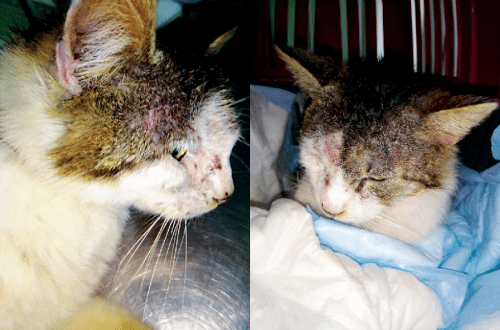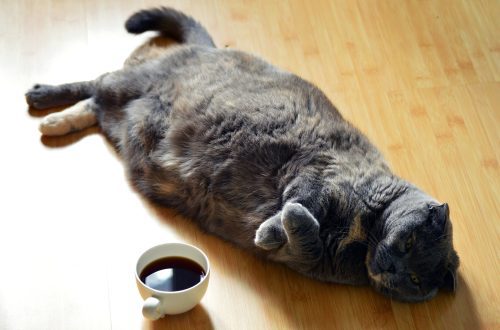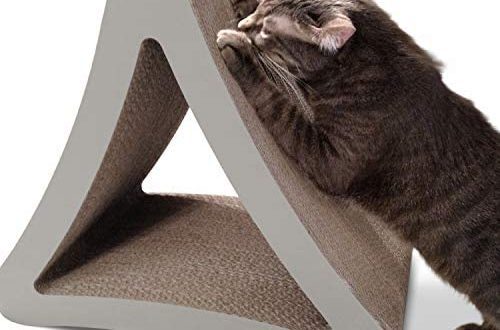
Cat vision: how do cats see the world?
Cats have very beautiful eyes, and people have always wondered how our pets’ eyesight differs from ours. How do cats see colors? Do they see well in the dark? Do they have sharp eyesight or vice versa? All this is very curious.
How do cats see in the dark?
Cats really see well in the dark. This is due to the special structure of the cat’s eye. Have you seen how sometimes the eyes of cats glow brightly in photos or videos? This effect is possible due to a special layer of the choroid of the cat’s eye – the tapetum. This structure allows more efficient use of light sources, which is especially evident at dusk and at night. So, sensitivity to light in cats is 7 times higher than in humans.
Features of vision of cats
Unlike humans, cats often see poorly up close, but they can distinguish moving objects at a distance, which helps them to hunt. Your pet has a larger field of view due to wide-set eyes: on average, a cat sees 200 degrees, compared to the average human field of view of 180 degrees.
Black and white vision in cats is an established myth. Cats, like people, distinguish colors, but with nuances: they “understand” best in monochrome shades of black, white and gray. Bright colors, such as yellow and red, are less visible to cats, but they still have color vision.
Our pets have sharper eyesight than we do. It’s all about the structural features of the eye. Cats, like humans, have two types of photoreceptor cells located in the retina, known as rods and cones. The rods are responsible for peripheral and night vision, while the cones are responsible for day vision and color perception. Our fluffy beauties have much more rods than cones. It is with this that the difference between us in recognizing colors and the ability to see at night is connected. In humans, the situation is reversed, so we cannot see well at night, but we can distinguish colors better.
cat vision problems
Unfortunately, felines sometimes experience loss of vision. The owner may not always be able to spot problems, so pay attention if your furry beauty is experiencing any of these symptoms:
- redness of the eyes;
- constant tearing;
- discharge from the eyes (eg, pus);
- lethargy and drowsiness;
- eyes seem cloudy, etc.
If you find that your cat is clearly visually impaired, consult your veterinarian immediately. Maybe she’s allergic to the new detergent or the dust. An infectious disease is also possible. Do not under any circumstances treat yourself. The veterinarian will conduct a thorough examination of the pet and prescribe the necessary treatment.





